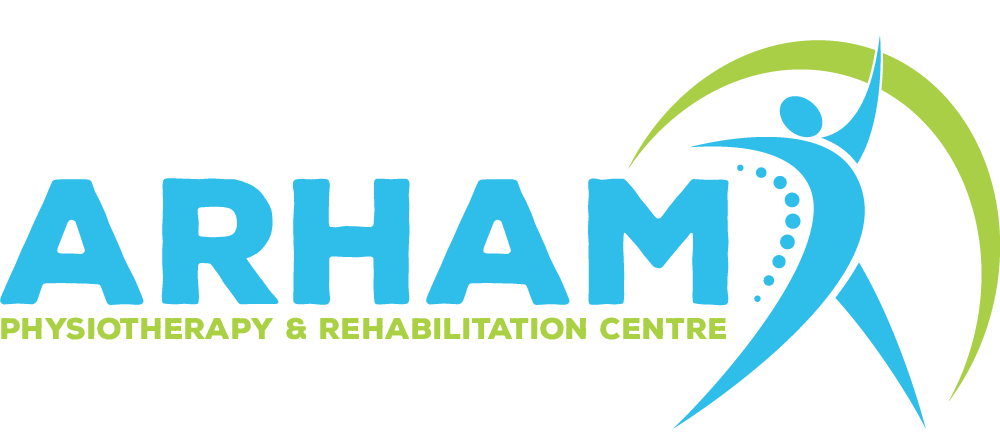Hypermobility Syndrome: Physiotherapy Strategies for Stability
Hypermobility syndrome is characterized by an abnormal and excessive range of motion in the joints. It can pose unique challenges for individuals seeking stability and comfort daily.
In this blog post, we dive into effective physiotherapy strategies tailored to address the specific needs of those with hypermobility syndrome. Explore how targeted exercises, expert guidance, improved stability, greater agency, and pain-free living can be achieved with a comprehensive approach.
Understanding Hypermobility Syndrome:
Hypermobility syndrome occurs when joints move beyond their normal range. It is often accompanied by associated symptoms like joint pain, fatigue, and a heightened risk of injuries. While flexibility is beneficial, maintaining stability becomes paramount in managing this syndrome.
The Role of Physiotherapy in Hypermobility Management:
Physiotherapy is crucial in providing personalized care for individuals with hypermobility syndrome. The focus is on strengthening muscles, improving joint stability, and enhancing overall functional ability. Here are key physiotherapy strategies:
1. Comprehensive Assessment:
An evaluation by a licenced physiotherapist is the initial stage. This helps identify specific joint laxity, muscle weaknesses, and areas of concern and tailor an individualized treatment plan.
2. Targeted Strengthening Exercises:
Physiotherapy for hypermobility syndrome primarily focuses on strengthening the muscles surrounding hypermobile joints through specific exercises. These exercises help provide better joint support, reduce the risk of injuries, and enhance overall stability.
3. Proprioception Training:
It is vital to improve proprioception, or the body’s awareness of its position in space. Physiotherapy incorporates exercises that enhance proprioception, aiding in better joint control and preventing accidental overextension.
4. Joint stabilization techniques:
Physiotherapists employ hands-on techniques to stabilize hypermobile joints. This may include taping, bracing, and manual therapy to alleviate pain and provide additional support where needed.
5. Functional Movement Training:
Physiotherapy extends beyond isolated exercises, incorporating functional movement training. This ensures that individuals can apply their newfound strength and stability to actual time activities, promoting long-term independence and confidence.
Holistic approach to Hypermobility Management:
Beyond exercises and techniques, a holistic approach encompasses lifestyle adjustments, ergonomic considerations, and self-care practices. Physiotherapists work collaboratively with individuals to create a comprehensive plan that addresses the physical, mental, and emotional aspects of living with hypermobility syndrome.
Empowering lives through physiotherapy:
Physiotherapy emerges as a cornerstone in managing hypermobility syndrome, offering personalized strategies for stability and improved quality of life. Whether navigating daily activities or aiming for enhanced athletic performance, a tailored physiotherapy plan can make a significant difference. Empower yourself with knowledge and embrace the journey towards stability and resilience.
Practical Tips for Daily Living:
In addition to physiotherapy sessions, individuals with Hypermobility Syndrome can incorporate practical tips into their daily routines:
Mindful Movement: Practice movements with awareness, focusing on controlled and deliberate motions to avoid overextending joints.
Ergonomic Considerations: Make ergonomic adjustments in workspaces and living environments to minimize joint strain.
Hydration and Nutrition: Adequate hydration and a balanced diet support joint health, contributing to overall stability.
FAQS:
Que: What is hypermobility syndrome, and how is it different from general joint flexibility?
Ans: Hypermobility syndrome is characterized by joints that can move beyond the normal range, often causing pain, fatigue, and an increased risk of injuries. Unlike general joint flexibility, this condition can lead to joint instability and other associated challenges.
Que: How can physiotherapy help individuals with hypermobility syndrome?
Ans: Physiotherapy plays a crucial role in managing hypermobility syndrome by focusing on exercises that build muscle strength around hypermobile joints, enhance proprioception, teach joint protection techniques, and provide pain management strategies.
Que: Is strength training safe for individuals with hypermobility syndrome?
Ans: Strength training can be safe and beneficial when tailored to the individual’s needs. Physiotherapists design personalized strength training routines to build muscle support around hypermobile joints, promoting stability without exacerbating the condition.
Que: What are proprioception exercises, and how do they help with hypermobility syndrome?
Ans: Proprioception exercises aim to enhance body awareness and improve coordination. These exercises are crucial in preventing falls and injuries associated with hypermobility syndrome by training the body to recognize joint positions and move more efficiently.
Que: Can physiotherapy help manage pain associated with hypermobility syndrome?
Ans: Yes, physiotherapists employ pain management strategies, including manual therapy, stretching, and soft tissue techniques, to alleviate discomfort associated with hypermobility syndrome and improve overall quality of life.
Que: Are there specific balancing exercises recommended for individuals with hypermobility syndrome?
Ans: Physiotherapy incorporates balancing exercises that challenge and strengthen stabilizing muscles. These exercises contribute to a more secure foundation, reducing instability and fall risk.
Que: Can individuals with hypermobility syndrome lead an active lifestyle?
Ans: With proper guidance from physiotherapists and adherence to targeted exercises, individuals with hypermobility syndrome can lead active lifestyles. The emphasis is on cultivating stability, building strength, and adopting mindful movement practices.
Que: Can individuals with hypermobility syndrome make lifestyle adjustments independently?
Ans: Yes, practising mindful movement, making ergonomic adjustments in workspaces, staying hydrated, and maintaining a balanced diet are practical lifestyle adjustments that can contribute to managing hypermobility syndrome.
Conclusion:
Navigating hypermobility syndrome becomes more manageable with a comprehensive physiotherapy approach. Individuals can cultivate stability and regain control over their lives by incorporating targeted exercises, enhancing proprioception, and embracing joint protection techniques. This blog aims to empower those with hypermobility syndrome, offering insights and strategies to foster stability and enhance the overall quality of life. Embrace the journey towards greater stability, resilience, and well-being.
